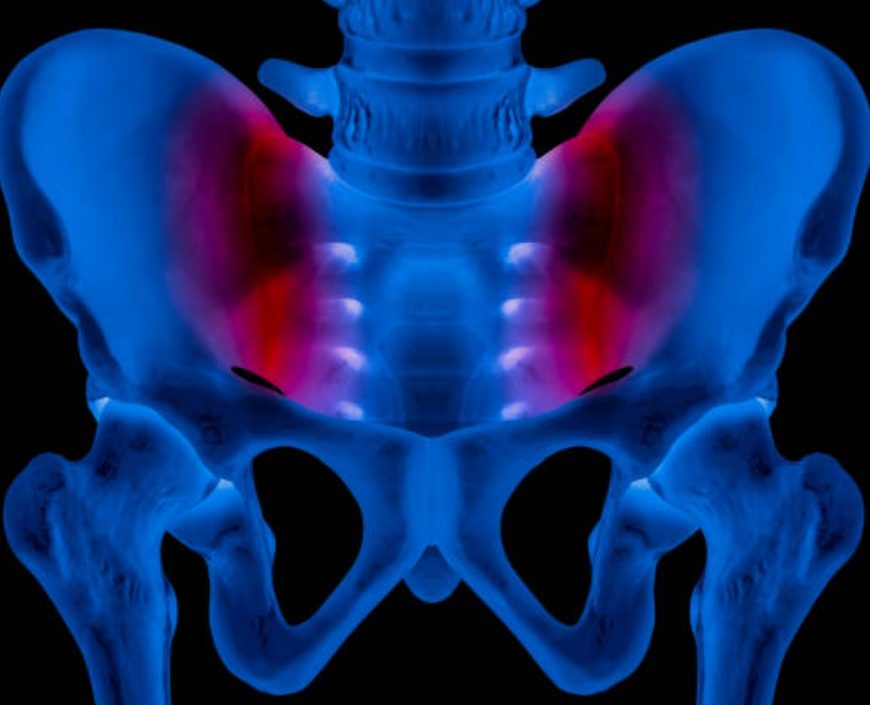Prone knee bend test 2 – Lateral Femoral Cutaneous Nerve Bias
Purpose of Prone knee bend test 2: To determine if the tension along the lateral femoral cutaneous nerve contributes to the neurologic symptoms associated with radiculopathy (1, 2). Patient position: Prone lying. Examiner position: Standing beside the patient, at the side of the limb to be tested. Procedure: Perform the limb/joint positioning sequence in the following order: Neutral alignment at the lumbar and thoracic spine, … Continue reading Prone knee bend test 2 – Lateral Femoral Cutaneous Nerve Bias
